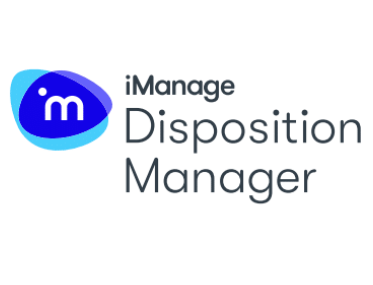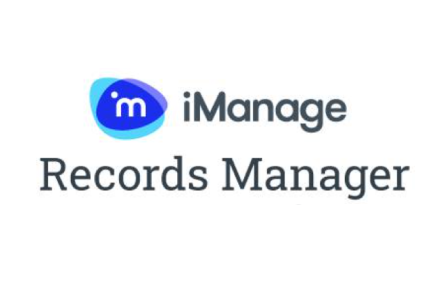What Does Using Less Paper Look Like?

In my last post, I discussed how switching to an electronic records system can save your firm thousands of dollars. Now you might be wondering, what does switching to electronic records look like? It does take some work up front to make the transition, and you will need to get support from your colleagues for the initiative to be successful.
Less Clutter to Contend With
Using less paper means that official files are in your document management system instead of on someone’s desk or stuffed in a drawer. This reduces the time spent looking for documents, keeps documents secure, and saves space in your office building. It also provides a system for storing records in a manner that is logical and easy to understand. Imagine an office space without piles of paper.
Another way that switching to electronic records improves your efficiency is by offering secure access to documents from in the office and out in the field. If you are in a meeting, at a work lunch, or in a client’s office, you can easily access a file when you need it instead of having to run back to your desk in search of the record. Think of all the time this could save!
Storing documents electronically also allows you to track their full chain of custody, meaning you know who has modified, viewed, and deleted them. Have you ever had a security problem with a missing file with no way of knowing what happened? A system that tracks the chain of custody and only allows essential members to access data solves this issue.
Better Security and Monitoring
You can also officially delete files according to approved retention schedules in a much more efficient manner with electronic records. Your system will remind you that the file’s retention date has arrived, and you can dispose of it in the click of a button. This is much easier than searching through boxes and having files shredded.
Current technology can help you automate managing electronic records and reduce their costs. Using less paper offers a more efficient system with less clutter, less time spent searching for documents, and more accountability for your employees.
Migrating to a less paper system can be a large project, but it’s well worth it in the end. If you need help moving your organization into an electronic records system, I can lend a hand. Grab a 10-minute strategy session with me here, and we can talk about how you should get started.



